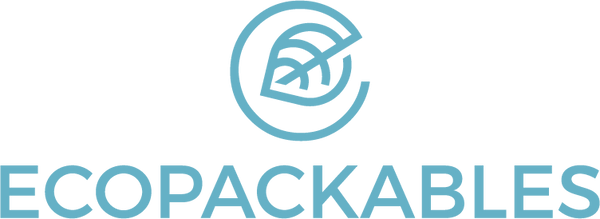Below is the list of metrics you might want to know for any type of packaging. Don’t worry if you don’t have answers, our consultant would be happy to discuss and provide options based on your requirements.
In the context of packaging, metrics are numerical values used to measure and evaluate the effectiveness, efficiency, and impact of the packaging process.
Some common metrics in packaging include:
- Package weight: The weight of the package and its contents
- Package dimensions: The length, width, and height of the package
- Package volume: The amount of space occupied by the package
- Package durability: The ability of the package to protect its contents during shipping and handling
- Package sustainability: The environmental impact of the package, including its materials, production, and disposal
- Package efficiency: The amount of space used in shipping containers and trucks to transport packages
- Package cost: The cost of producing and shipping the package
These metrics help packaging professionals make informed decisions about the design, production, and shipping of packages, and can be used to optimize packaging processes for cost, sustainability, and customer satisfaction.
Material and thickness are important factors in packaging design and production, as they determine the durability, sustainability, and cost of a package.
Materials used in packaging include paper, corrugated cardboard, plastic(Traditional petroleum based which we don’t offer/ Plant based plastic (BioLaminate)/ Post consumer Recycled ReLaminate), glass, metal, and others. Each material has unique properties that make it suitable for certain types of packaging, such as the ability to protect contents, keep contents fresh, or be recycled.
Thickness, also known as gauge, refers to the thickness of the material used in a package. The thickness of the material affects the package's strength, durability, and ability to protect its contents. Thicker materials tend to be stronger and provide better protection, but they also tend to be more expensive and have a larger environmental impact.
When selecting a material and thickness for a package, it's important to consider the package's intended use and to strike a balance between protection, cost, and sustainability.
Printing is an important aspect of packaging design and production, as it allows for the creation of eye-catching, informative, and branded packages.
Some common types of printing used in packaging include:
- Flexographic printing: This is a versatile printing method that is commonly used for printing on flexible packaging materials, such as plastic and paper bags.
- Lithographic printing: Also known as offset printing, this method is used to print high-quality images and text on paper and cardboard packages.
- Digital printing: This is a newer printing technology that uses digital files to produce high-quality, short-run packaging products, such as custom packaging and product labels.
- Screen printing: This method is commonly used for printing designs on flat, rigid surfaces, such as glass and metal containers.
Printing on packaging can provide important information, such as product details, ingredients, and branding, as well as making the package appealing to consumers. The choice of printing method depends on the type of package and the desired outcome.

